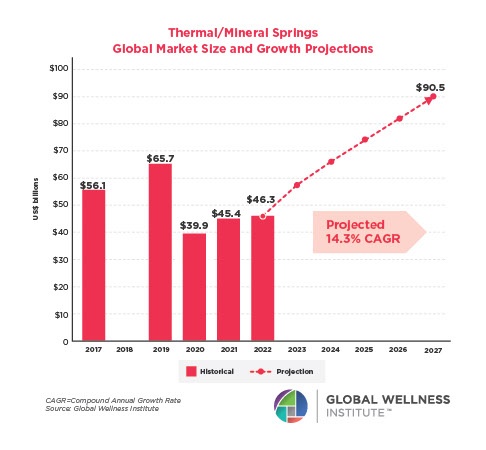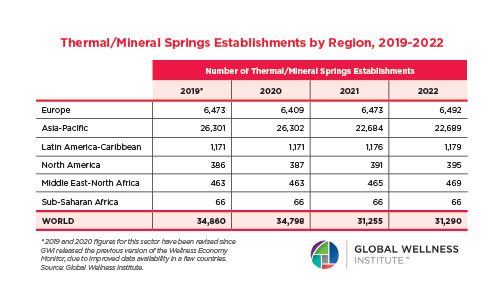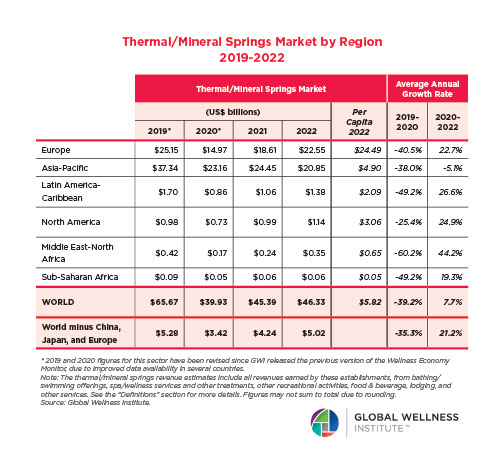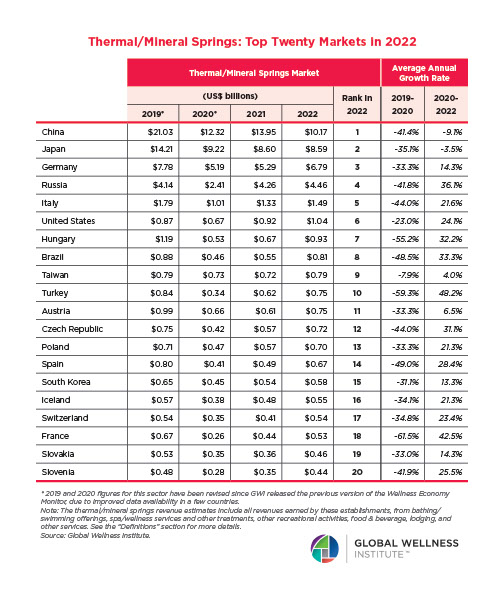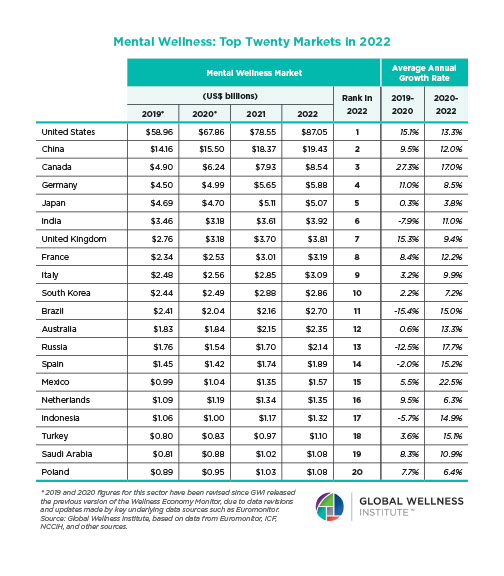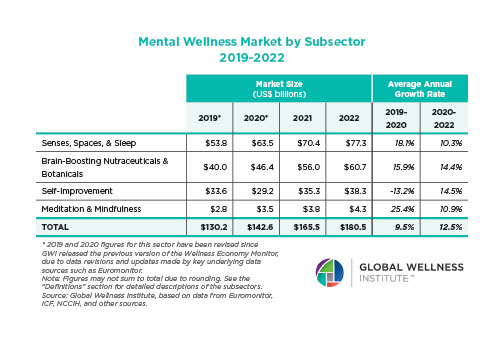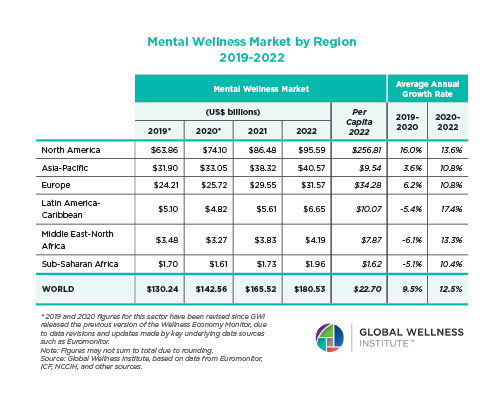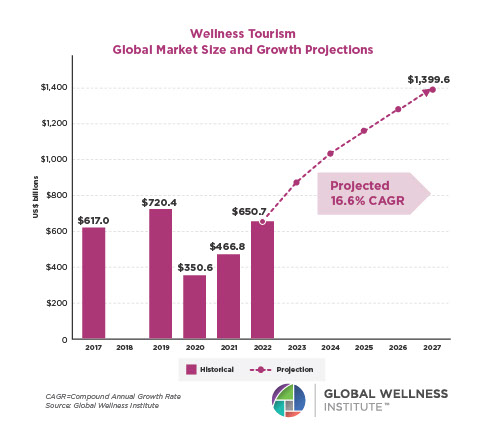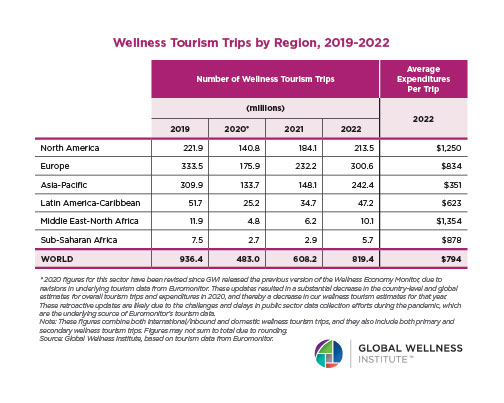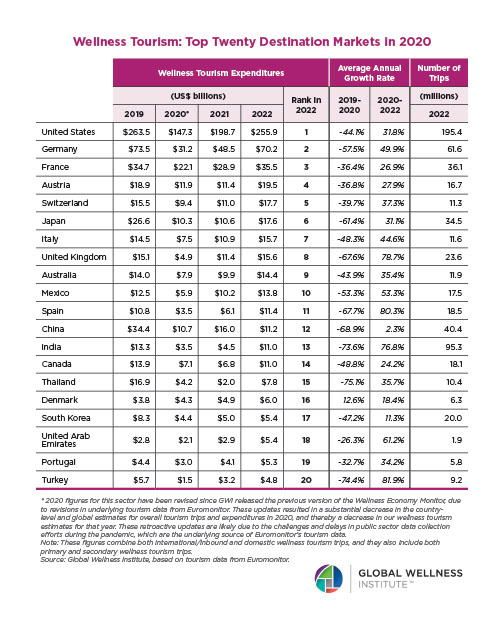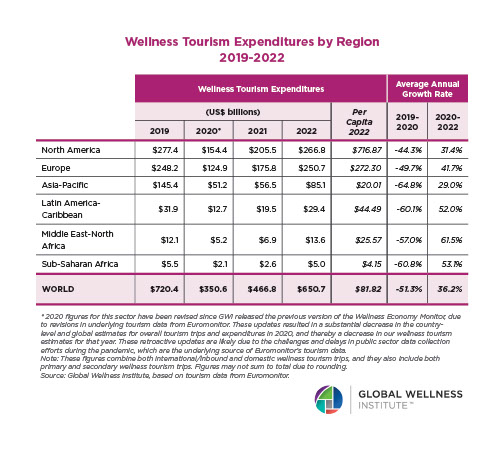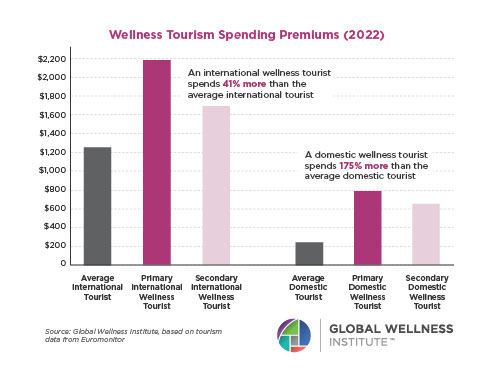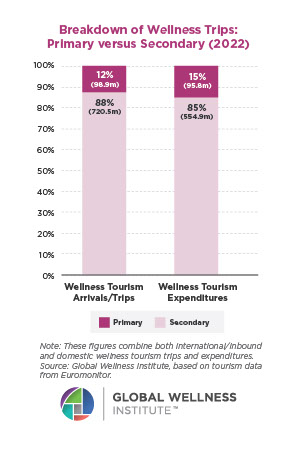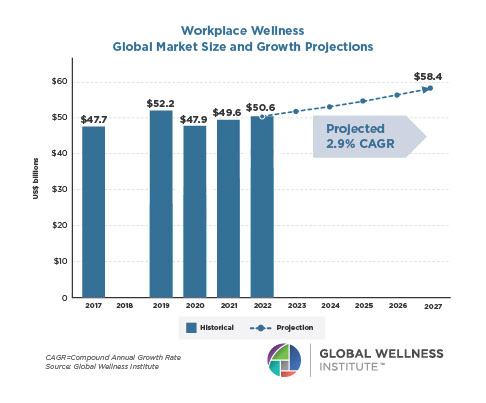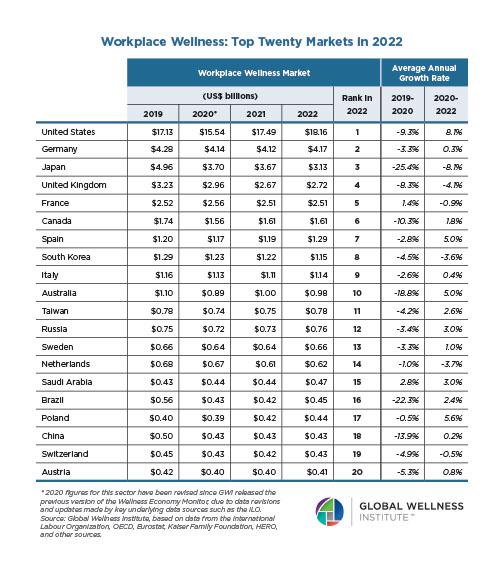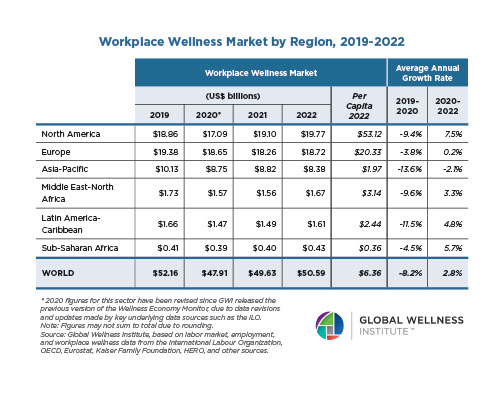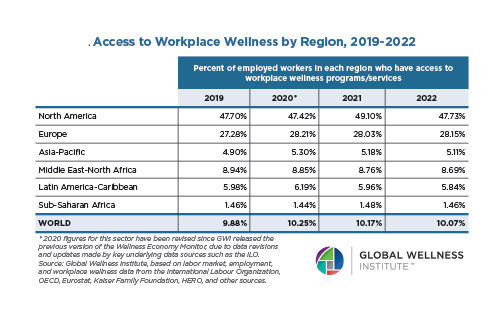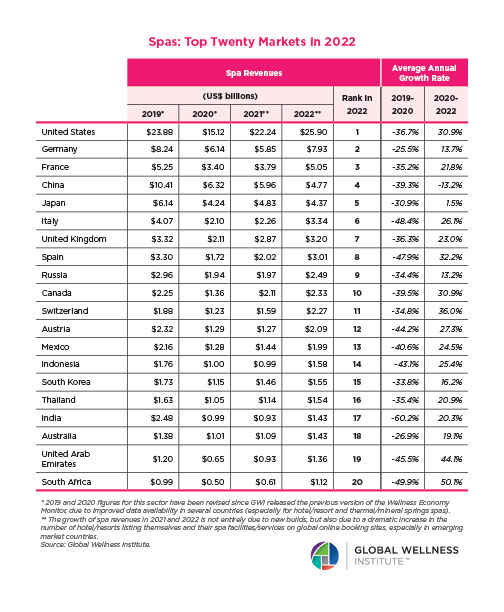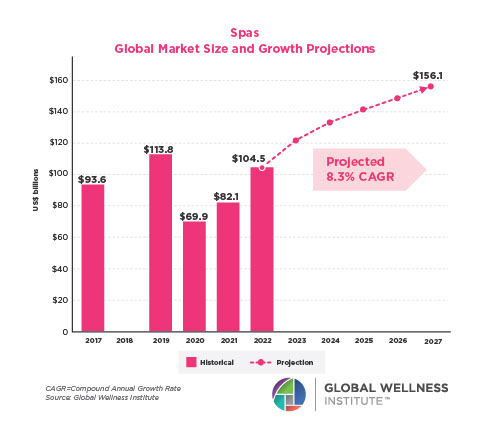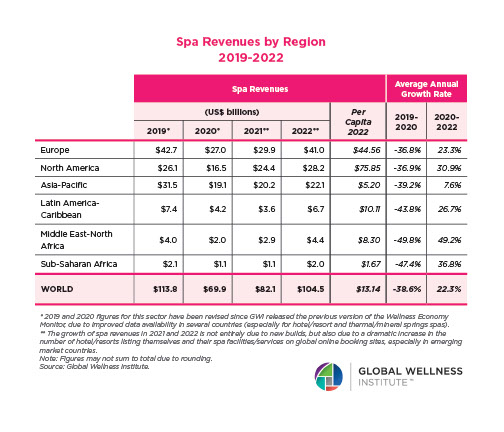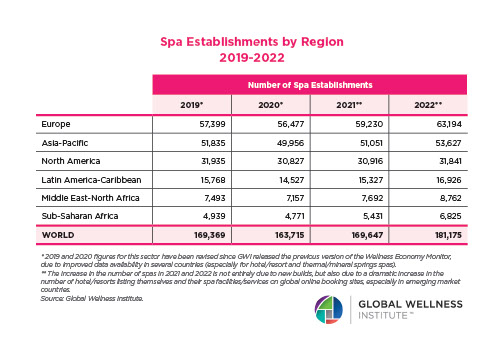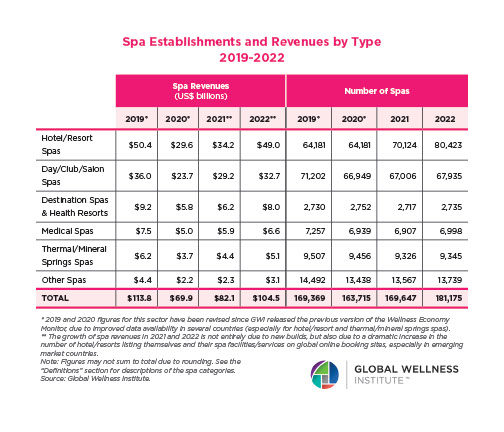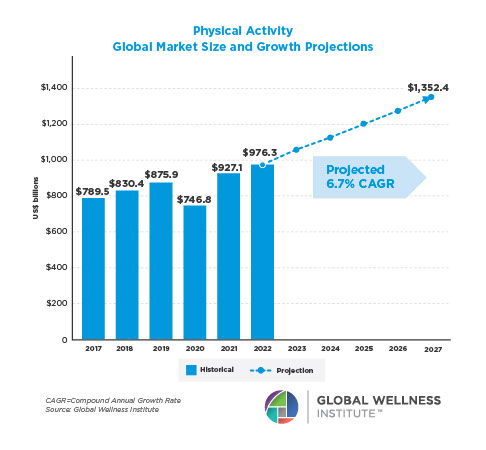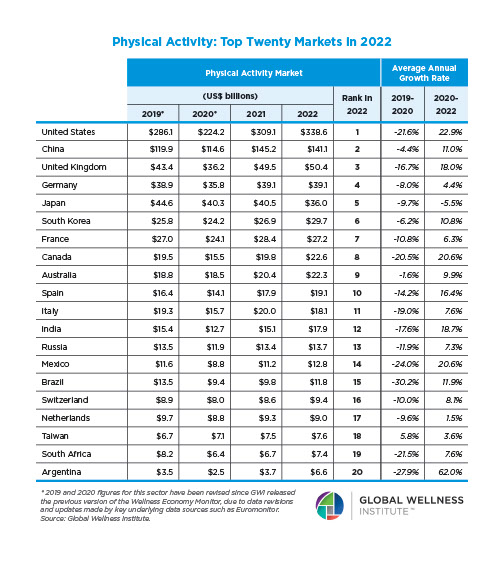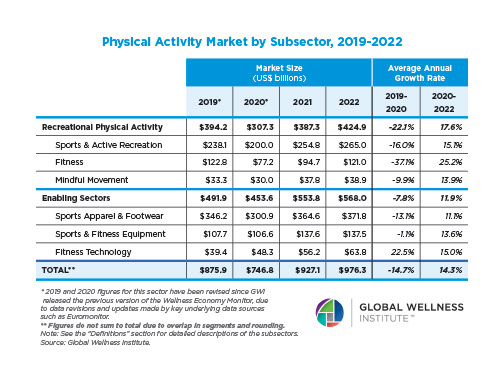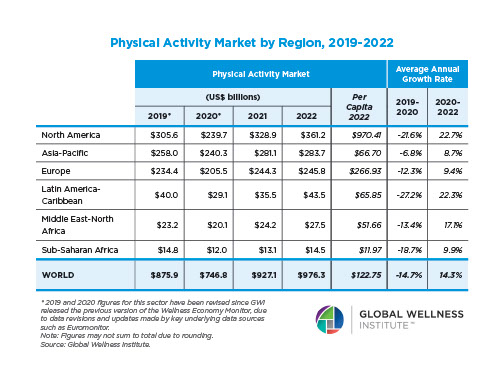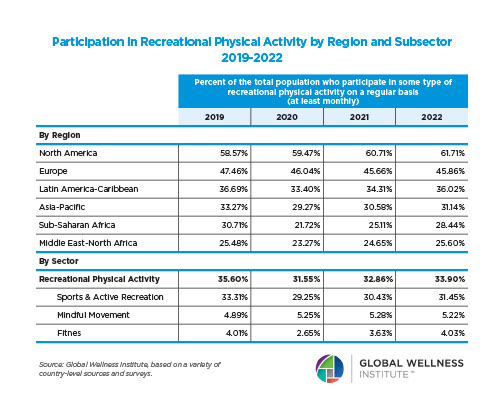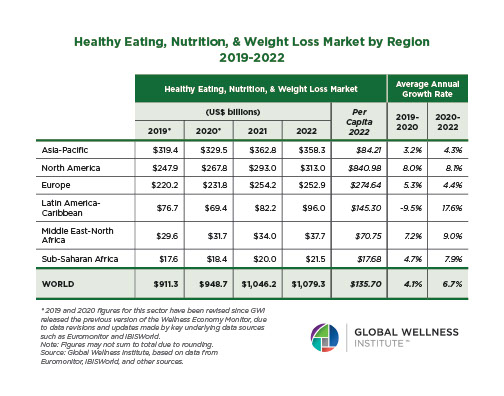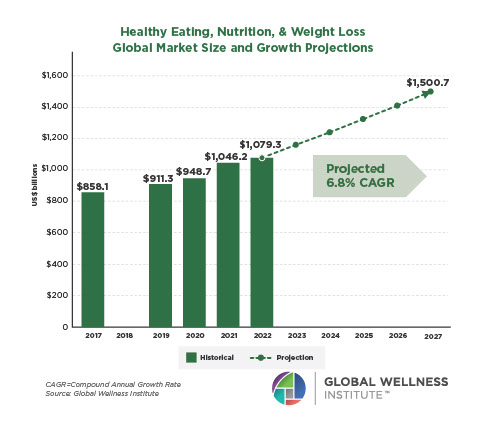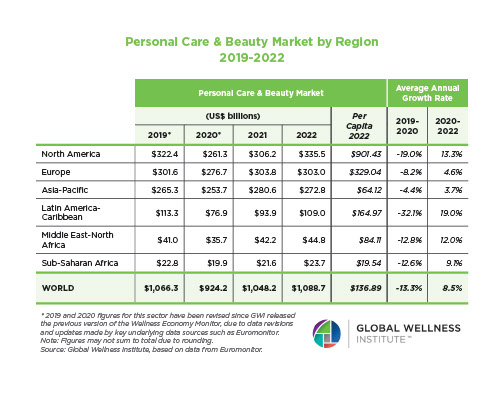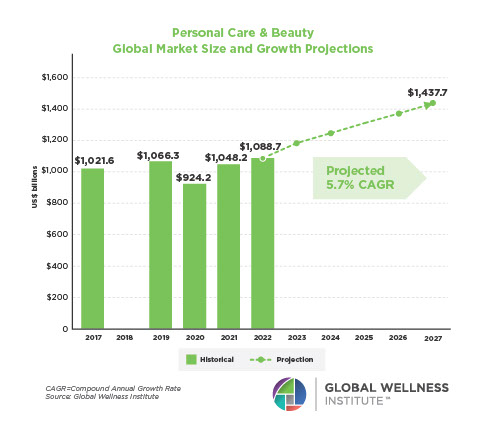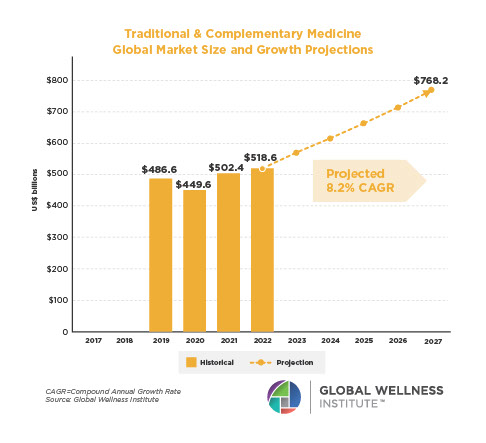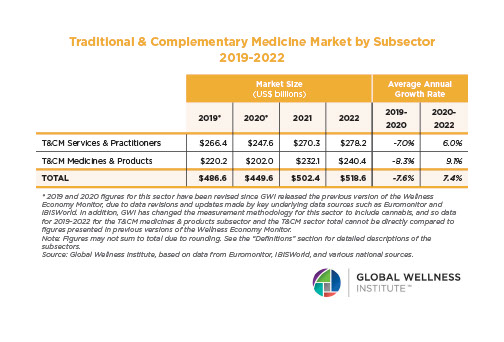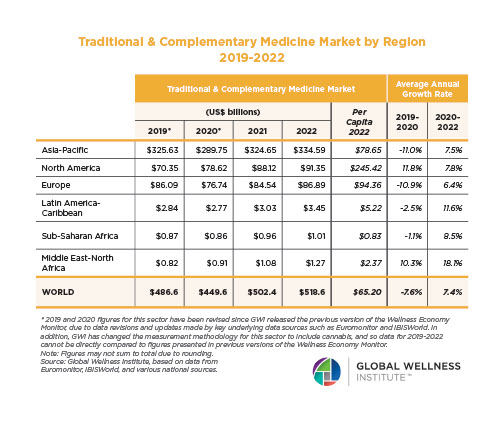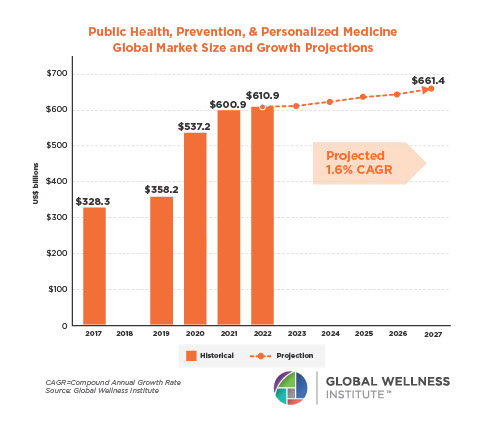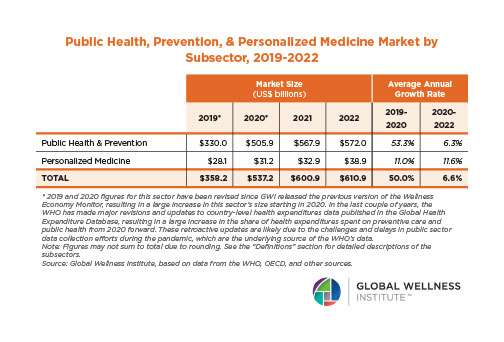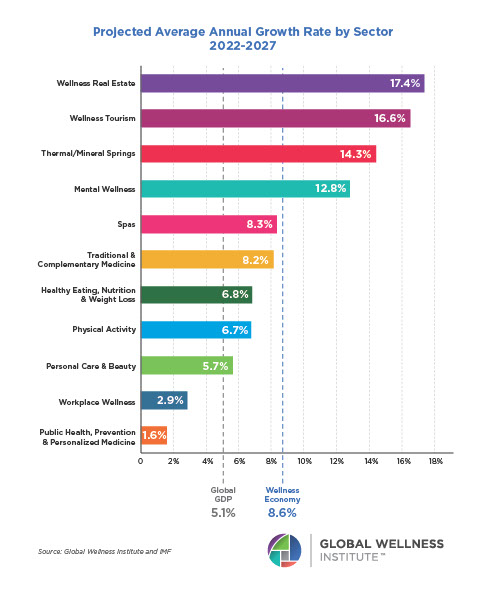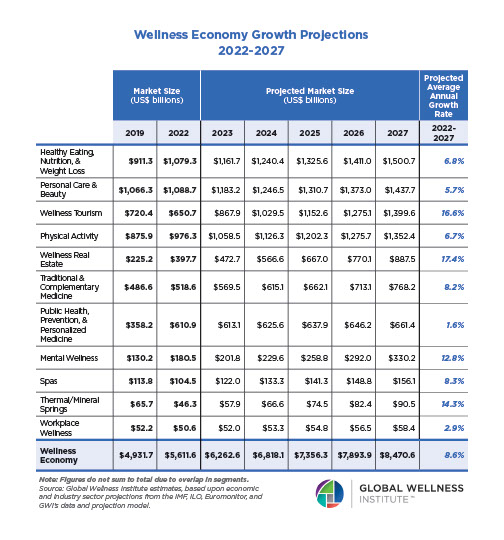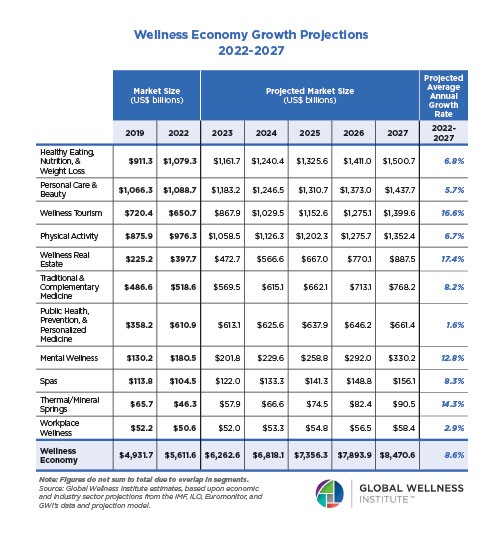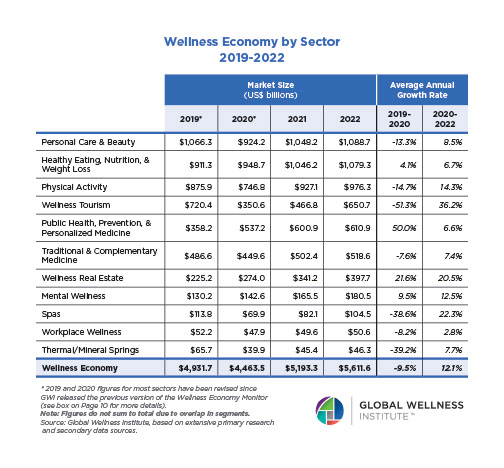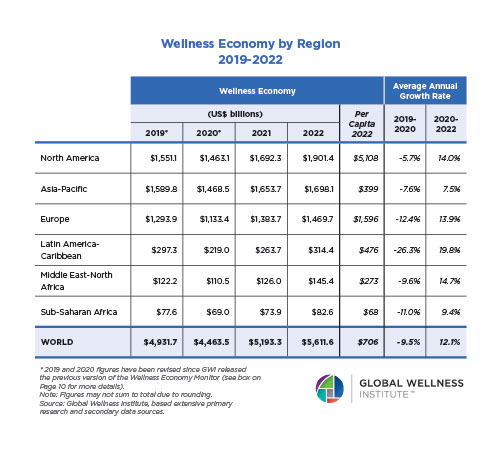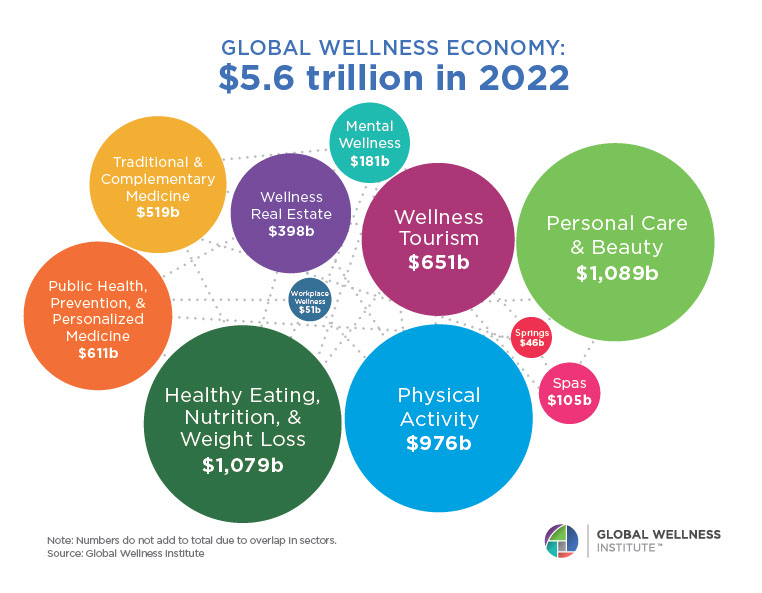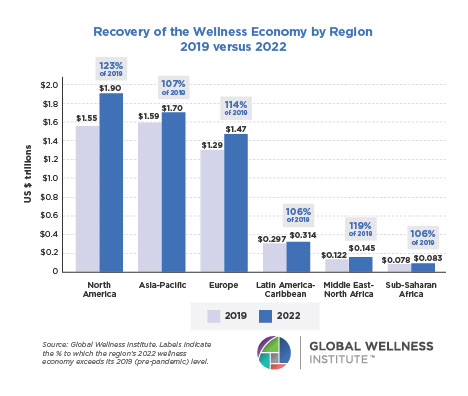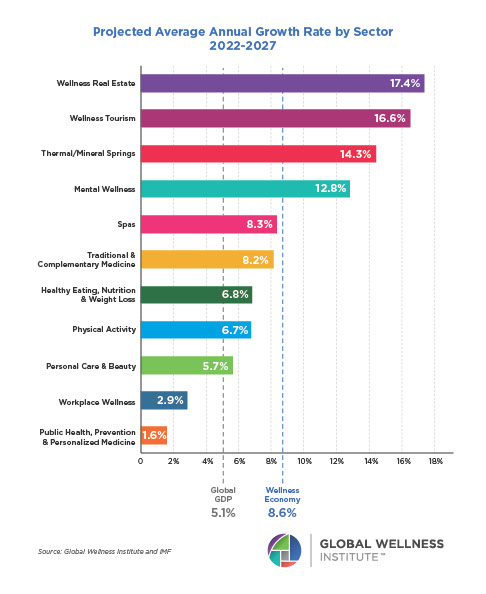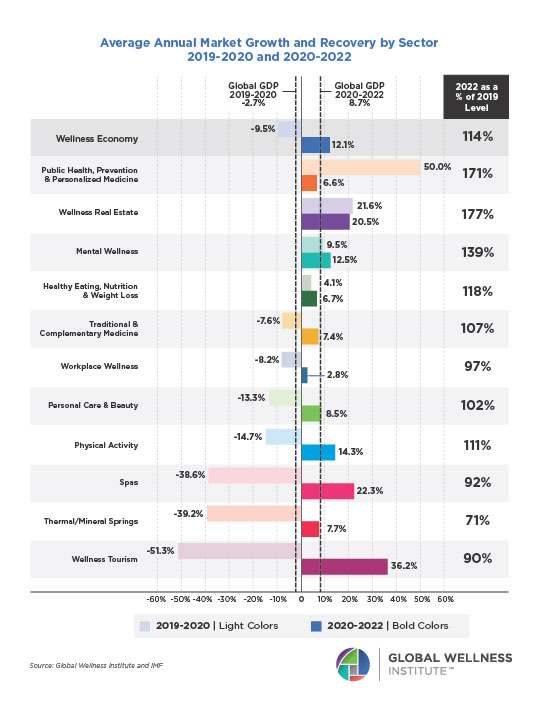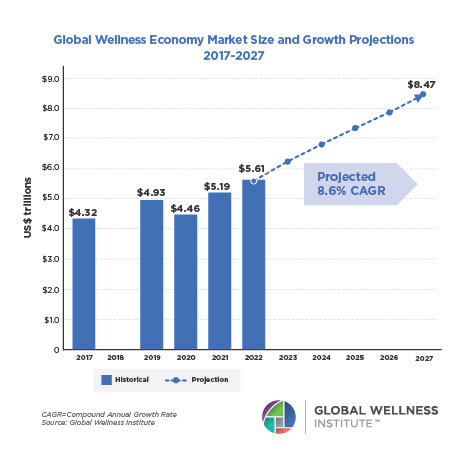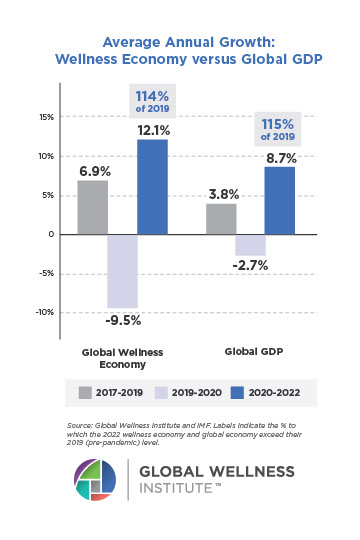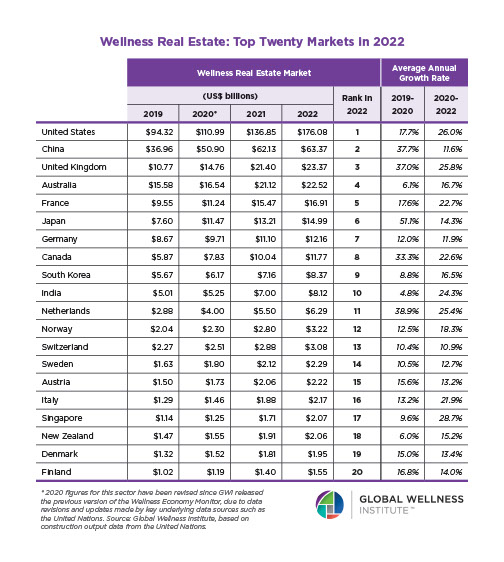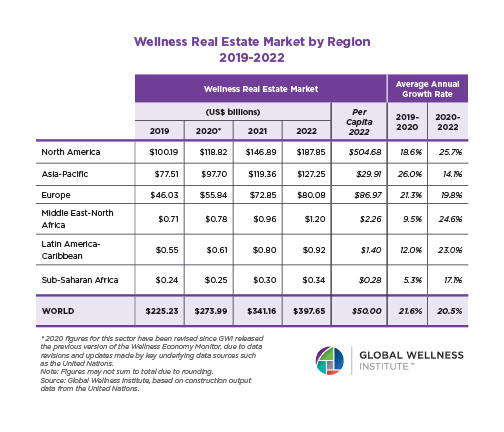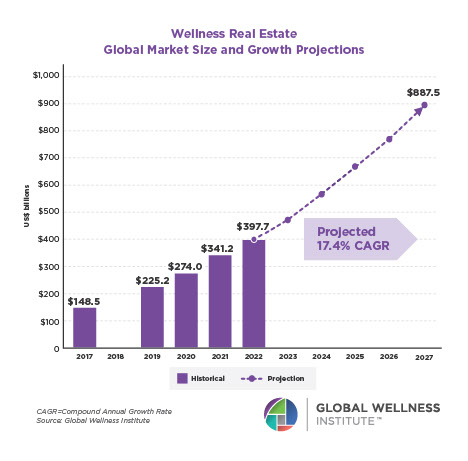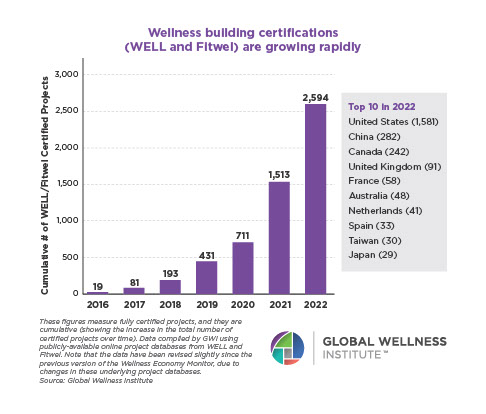Humanity Meets Machine: How AI Can Amplify Workplace Wellbeing Without Replacing It

Author: Grant Gamble
In today’s workplaces, artificial intelligence is becoming an ever-present co-pilot—tracking metrics, automating workflows, and even assessing mood and morale. But as organizations strive to create more human-centered, psychologically safe environments, many fear AI could depersonalize wellbeing efforts. In truth, when used wisely, AI doesn’t displace humanity . . . it enhances it.
One powerful example is how intelligent systems can help decode two critical signals of organizational health: employee Net Promoter Score (eNPS) and psychosocial risk (PSR). Together, they offer insights into how people feel, why they stay, and when things might go wrong.
The Missing Middle: Where Data Meets Dialogue
eNPS provides a pulse on employee engagement—offering a simple, scalable indicator of advocacy and satisfaction. But on its own, it can be a blunt tool. It lacks the nuance to explain why someone is disengaged or what internal dynamics may be driving the trend.
Enter AI.
Through platforms like AFFINITY OS, natural language processing (NLP) and sentiment analysis can dig deeper – extracting patterns from open-text feedback, informal chat channels, or micro-surveys. These insights can detect early signs of psychosocial risk, such as:
- Persistent feelings of exclusion
- Leadership blind spots
- Burnout clusters within teams
- “Mateship bias” (favoritism masked as camaraderie)
- This level of intelligence doesn’t replace conversations—it enables them. It equips wellbeing leaders and people managers with better questions, clearer signals, and earlier warnings.
Blending the Quantitative and the Qualitative
An AI-enabled system should not be a black box. It should facilitate a feedback loop where machine-surfaced data meets human interpretation and communication. This dynamic relationship fosters:
- Proactive interventions based on trends rather than crises
- Deeper psychological safety, as employees see their concerns acknowledged
- Better alignment between wellbeing initiatives and real-time needs
Rather than measuring eNPS once or twice a year, AI systems can provide continuous listening and contextual interpretation, revealing the human story behind the scores.
Rethinking Metrics as Dialogue
Metrics like eNPS and PSR indicators are often treated as endpoints—benchmarks to achieve. But in a truly wellbeing-centered organization, they should be starting points for deeper dialogue.
By using AI to illuminate what’s often hidden—whether it’s a fraying team dynamic or an unspoken risk—leaders can respond with empathy and intention. That’s the interface we need: where technology supports trust, and data leads to care.
Guiding Principles for AI in Workplace Wellbeing
To ensure the human stays at the center of the AI equation, wellbeing leaders should consider:
-
- Transparency: Explain how data is collected and how it’s used
- Ethical AI use: Prioritize privacy, consent, and bias mitigation
- Hybrid leadership: Blend digital tools with human wisdom and empathy
- Feedback loops: Provide feedback to team members who choose to be identified
- Continuous iteration: Use AI as a learning partner, not a final answer
Conclusion
The fusion of AI and human touch doesn’t need to be paradoxical. When applied thoughtfully, AI can amplify our capacity to listen, understand, respond and care. In the realm of workplace wellbeing, it’s not a question of human versus machine – but how the two can work in tandem to elevate the employee experience. The goal isn’t surveillance, it’s support.
For those leading workplace wellness efforts, the real question becomes: How can we use AI to better hear what’s not being said—and act before it’s too late?
About the Author
Grant Ian Gamble is a workplace strategist and wellness consultant who helps organizations grow human-first cultures. He is the founder of Affinity OS, a human experience platform that leverages AI to foster engagement and wellbeing. Learn more at grantiangamble.com or connect with him on LinkedIn.
Disclaimer
The blog submissions featured on this site represent the research and opinions of the individual authors. The Global Wellness Institute and the Workplace Wellbeing Initiative are not responsible for the content provided. The views expressed are solely those of the authors and do not necessarily reflect the official policy or position of the Global Wellness Institute or the Workplace Wellbeing Initiative. Readers are encouraged to consult with a qualified healthcare professional for specific health concerns.
